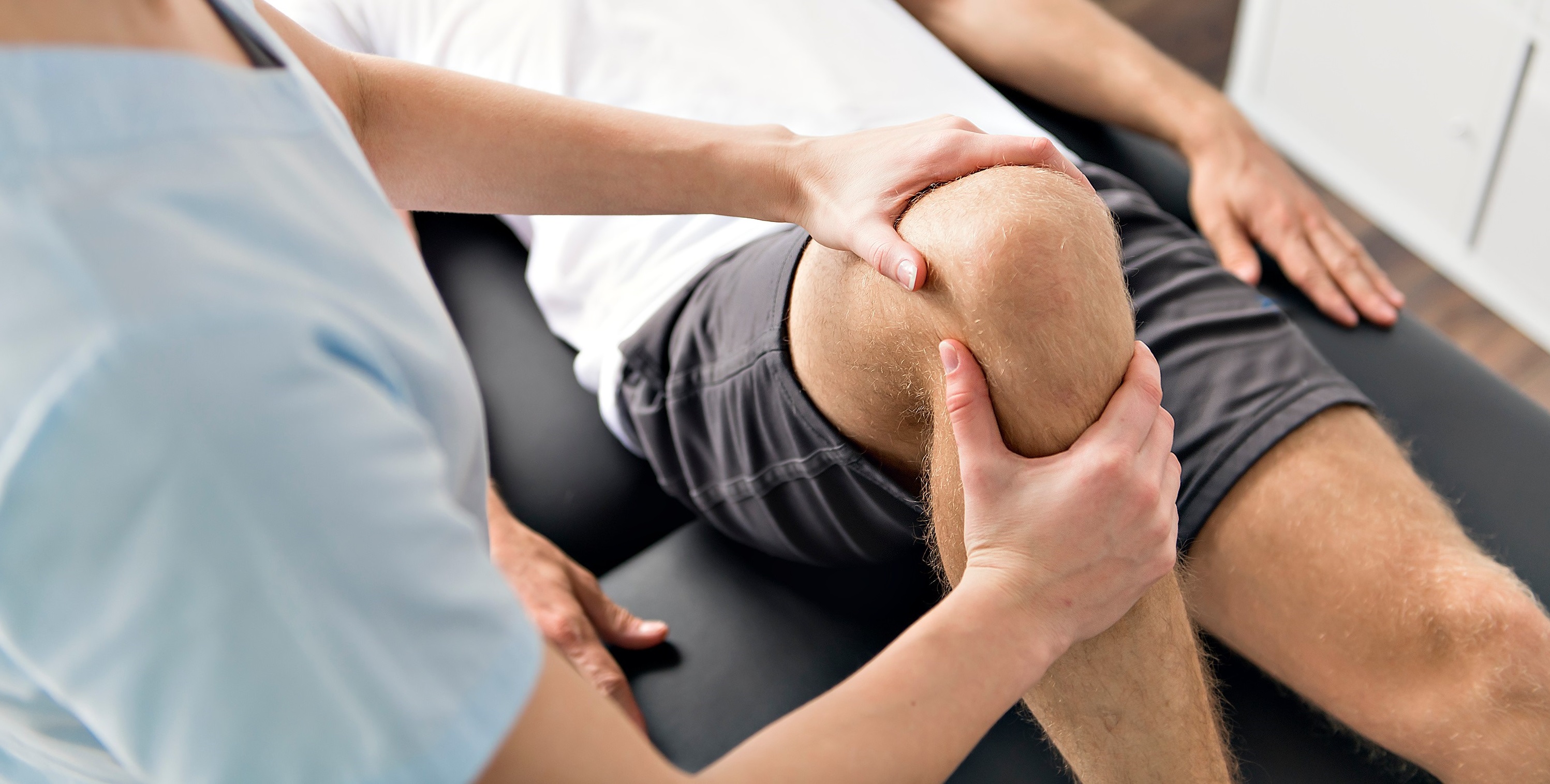What’s Causing the Pain in My Knee?

Knee pain shows no preference in a person’s age or who it affects. People of all age ranges can experience mild to severe discomfort in their knees and it is the most common orthopedic complaint that patients bring to their doctors. The real question is, why is this pain happening?
Discomfort in the knees can come from a variety of injuries or even an underlying medical condition. Depending on the type of injury that you have sustained, the symptoms and signs that you notice may vary. We have listed some of the most common symptoms that those with a knee injury might have:
- Swelling and stiffness
- Redness or warmth to the touch
- Weakness or the feeling of instability
- Popping or crunching noises
- Struggle to fully straighten your leg
Being active is a part of human nature and is essential to leading a fulfilling life, but injuries happen and often they affect the knees. The most common causes of knee pain are related to aging, injury or repeated stress on the knee. This means that athletes are often more susceptible to experiencing knee pain due to the increased demand on the joint due to running, jumping or quick pivoting. Daily activities such as walking, bending and lifting can also cause general wear and tear to the joints. Some common knee problems include the following:
- An ACL Injury. The anterior cruciate ligament (ACL) is a ligament in the knee that connects the femur to the tibia. A tear in this ligament is most often seen in those who play sports that require sudden changes in direction such as basketball and soccer.
- This is the most common type of arthritis seen in the knee. Osteoarthritis is a degenerative process where the cartilage in the joint gradually wears away. Middle-aged and older people are most affected by this problem. Joints that are affected by osteoarthritis may ache or swell while you’re active or be stiff early in the day.
- Sprained or Strained Knee Ligaments. This is normally caused by a blow to the knee or a sudden twist involving the knee. Symptoms of a sprained or strained knee ligament can include pain, swelling, or difficulty when walking.
- Torn Meniscus. Sometimes, a knee injury can cause the cartilage within the knee (the meniscus) to tear. The edges of those tears can get stuck in the joint and result in pain, stiffness and swelling. When your meniscus is torn, a common indicator is a “catching” sensation in the joint while you are active.
- Knee Bursitis. Bursa are small liquid-filled sacs found in between bones and soft tissues that help to reduce frictions. Overuse, falls, or repeated bending and kneeling can irritate the bursa that is on top of your kneecap. This pain and swelling are known as Bursitis.
- Patellar Tendinitis. When there is an inflammation in the tendon that connects the kneecap to the shin bone, you have patellar tendinitis. When you overdo an exercise, the tendons can become inflamed and sore. This is seen most in athletes, such as basketball players, whose force of hitting the ground after a jump strains their tendon.
Implementing some preventative measures such as giving yourself extra time to warm up and cool down between your exercise can save you from painful injuries. However, knee pain can sometimes be unpredictable and unpreventable. If you are experiencing knee pain or discomfort, Dr. Sina Kasraeian at Southeast Orthopedic Specialists is dedicated to finding the right solution for you. Schedule your appointment online today!
Return to Blog